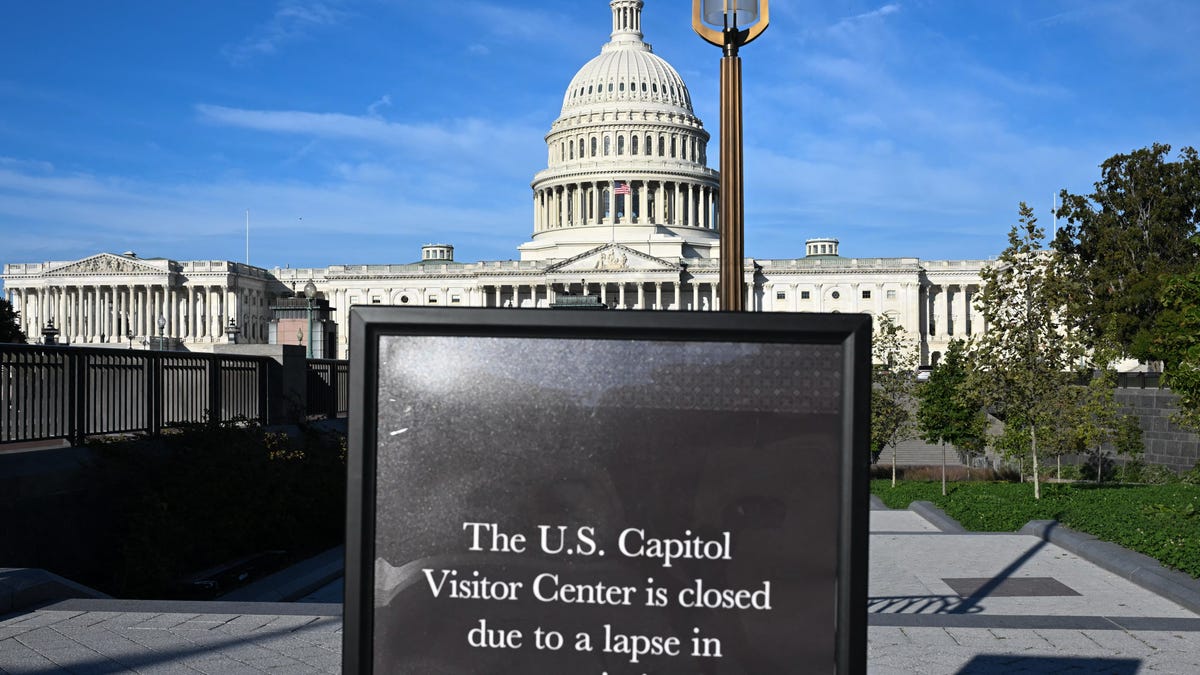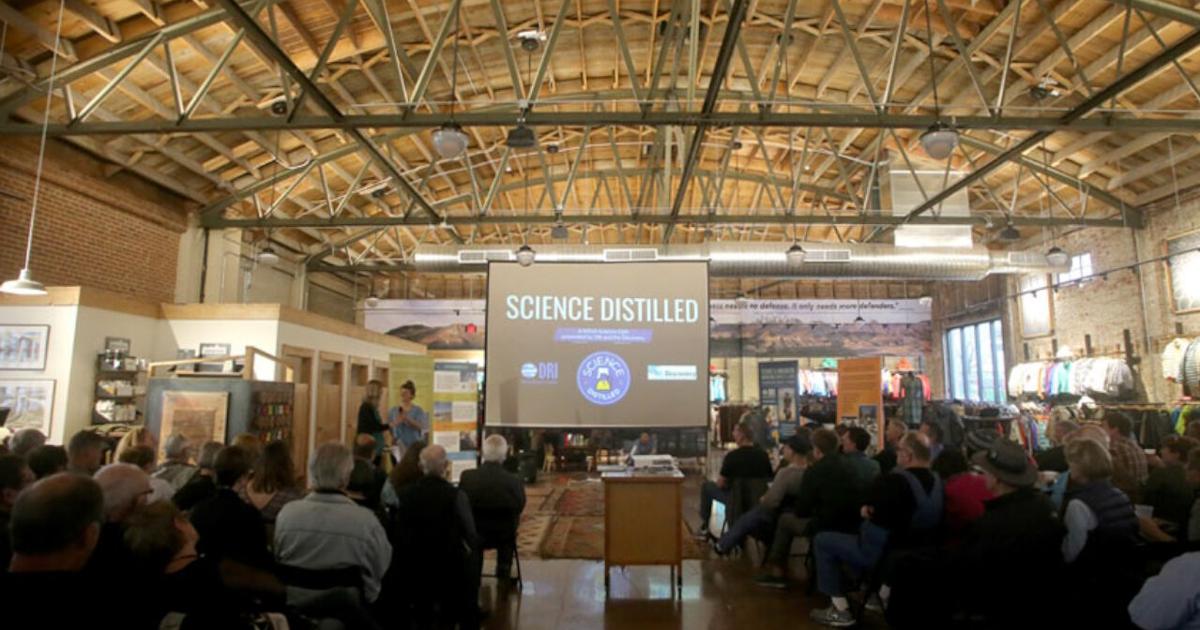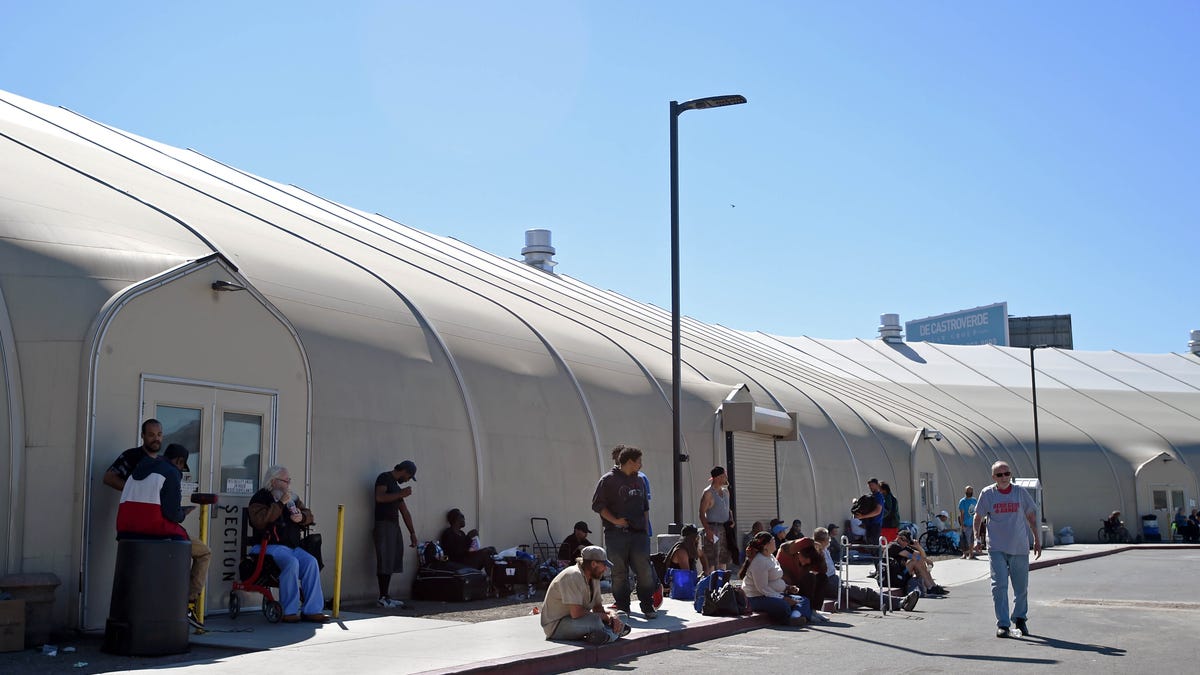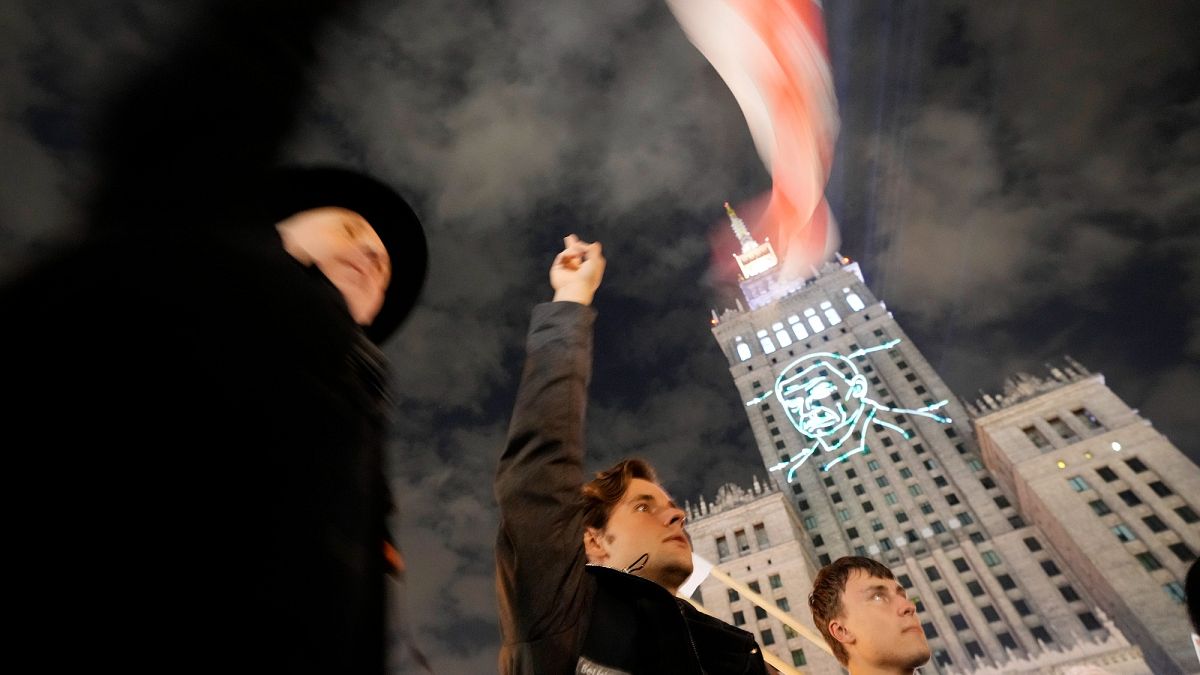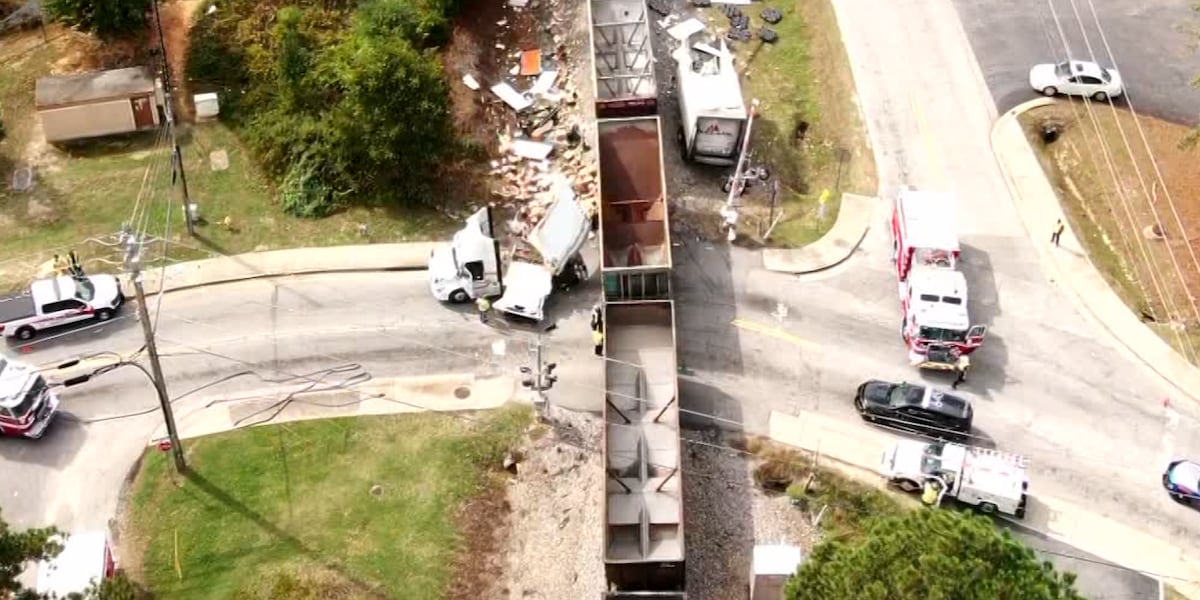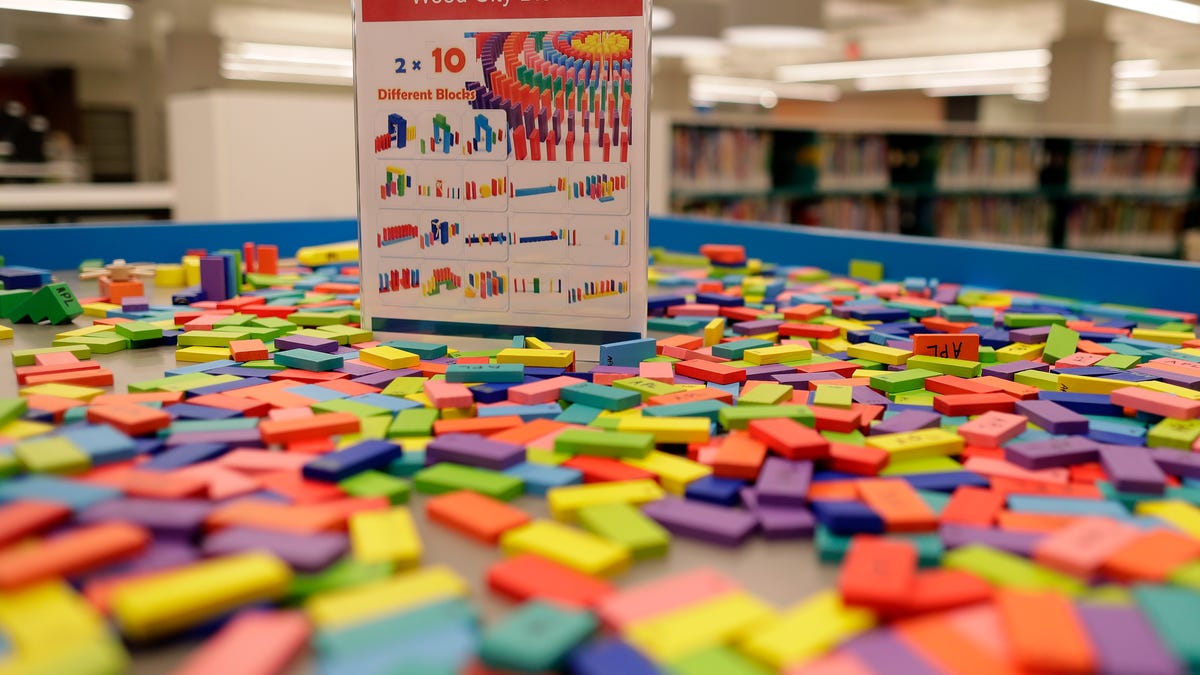Submit an opinion column or letter to the editor at the RGJ
Learn how to submit an opinion column or letter to the editor at the RGJ
One day when I was a little boy playing outside my Tahoe home, I spotted a red robin that didn’t fly away when I got close, as most birds did. I went inside and told my mother. She came out to see for herself and concluded the bird probably had a broken wing and couldn’t fly.
She offered a solution. My mom brought me inside and helped me prepare an old shoebox lined with soft tissues to make the bird’s home as comfortable as possible. She even gave me an old syringe the robin might drink from. She instructed me to dig up some worms and catch some insects for the bird to eat.
A temporary living quarters was prepared. The trick was to get the bird into its new surroundings. Helping the robin into its new home was left up to me as my mother went back inside — although I’m sure she was watching through the bathroom window to see how I’d handle the challenge. She left it to me to deal with my own fears of trying to pick the bird up and placing it into the home we’d prepared.
I nudged the shoebox toward where the bird was standing. After sitting nearby for close to an hour, quietly hoping the bird would just fly away, I gradually moved closer and, finally, with my eyes closed, picked up my new backyard friend and placed it into its shoebox apartment. Worms and dead red ants were procured and placed inside for a meal. I even got the bird to sip water from the syringe.
After a restless night, and to my surprise, the next morning the bird was gone. Besides the things my mother helped me with, I would grow up realizing there are a lot of human “robins” out there. Many of them with wings probably too damaged to ever fly right again, and too few “shoeboxes” to house them in the hope they gain the strength to one day go out on their own.
Northern Nevada is housing homeless people
Homelessness is more than meets the eye. The sight of human encampments — of people down and out, and drug- and alcohol-addicted — is painful to behold in American cities like Los Angeles, San Francisco and Portland. There have also been the sorrowful local displays of disparity of the unsheltered along the Truckee River’s Tahoe-Pyramid Trail that I visited in their heyday and wrote about in “Tears, Trash and Transients” (RGJ, Feb. 6, 2022).
I’m relieved to see that civic and community leaders in Northern Nevada have made a significant investment in providing assistance to homeless people in the form of the Nevada Cares Campus, which provides emergency shelter for up to 600 adult individuals and couples. Run in partnership with Washoe County, clients are allowed to bring their pets and their possessions with them as they access support services. The low-barrier shelter provides meals, showers, laundry facilities and scores of paid staff and volunteers available to help people begin navigating a pathway back to normalcy, if possible.
Par Tolles is the CEO of a downtown development company. Par calls the facility a “cul-de-sac of care” that has reduced the homeless population along the Truckee River by more than 40%: “The Cares Campus stands among the largest emergency shelters in the United States by bed count. Its success reflects the remarkable collaboration between Washoe County, Volunteers of America, Karma Box and Catholic Charities — a testament to our community’s ability to unite public, private and faith-based organizations in tackling some of society’s most difficult challenges.”
Recent ordinances by the Reno and Sparks city councils have led to the removal of camps along the Truckee River and under places like the Wells Avenue bridge.
Still, a deeper problem persists beyond the optics of homelessness along downtown Reno’s streets and the Truckee River trails.
It’s better to be in a safe place
Taking a three-hour tour of the Cares Campus, I was impressed with the facility built by Reno’s landmark construction company, Q&D, near the old Governor’s Bowl baseball fields off Interstate 80. The premises were clean and well organized, with cubbies and individual “Mod Pods” for people progressing through recovery and reentry into normal life.
Grant Denton is a highly visible Reno homeless activist and service provider who came to the mission after having once been homeless, addicted to drugs, and in and out of jail. Speaking to his efforts in founding Karma Box, the nonprofit with a large staff that actively encourages homeless people to leave their encampments and come to Cares Campus, he said, “The mission should be to get homeless folks off the streets—not to try to help them by giving them handouts on the streets.” Instead he says; “support the people and the worthwhile institutions that are genuinely serving the homeless.”
The goal, though, Denton says, is not to leave the homeless housed there forever. “The end goal is proper mental health management, a life free of drugs, and then self-sufficiency.”
One of the hopeful things I observed at the Cares Campus was the number of committed staff and volunteers providing services to many homeless people. Many were once in the same predicament themselves. Part of their own recovery from the conditions that left them in loneliness and abandonment — is to help others. They seem to understand better than anyone that human needs are best met by other human beings, not by bureaucracies.
The root causes of homelessness
It’s unfair to assume all homeless individuals actively and consciously chose homelessness. Most of the biggest risk factors for homelessness (such as mental illness, substance abuse, high health care costs, domestic violence, poverty and lack of affordable housing) are outside of individuals’ control and are the symptoms of more fundamental societal problems.
Mother Teresa experienced the problem firsthand along the streets of Calcutta. Serving the poorest of the poor, she described a kind of “poverty” that’s greater than any government agency will ever effectively address, saying, “We think sometimes that poverty is only being hungry, naked and homeless,” the Catholic nun reflected, “The poverty of being unwanted, unloved and uncared for is the greatest poverty. We must start in our homes to remedy this kind of poverty.”
On the subject of social policy, American Enterprise Institute’s Charles Murray writes, “The error of contemporary policy is not that it spends too much or too little to help the poor and homeless, but that it is fundamentally out of touch with the meaning of those needs. The problems of American social policy are not defined by economics or inequality, but by the needs of the human spirit.”
My mother taught me a valuable lesson about serving the needs of those with “broken wings” around me. She and my father taught me an even greater one by all the things they did that resulted in me never ending up homeless.
I’m pleased that Washoe County has built such a clean and well-staffed place for Nevada’s homeless population.
However, the best thing we could do is to follow Mother Teresa’s advice and remedy the things in our own families and surroundings that have produced such a need for all the shoe boxes and wounded birds to occupy them.
Your thoughts? At: tahoeboy68@gmail.com.
“Memo from the Middle” is an opinion column written by RGJ columnist Pat Hickey, a member of the Nevada Legislature from 1996 to 2016.
Have your say: How to submit an opinion column or letter to the editor





